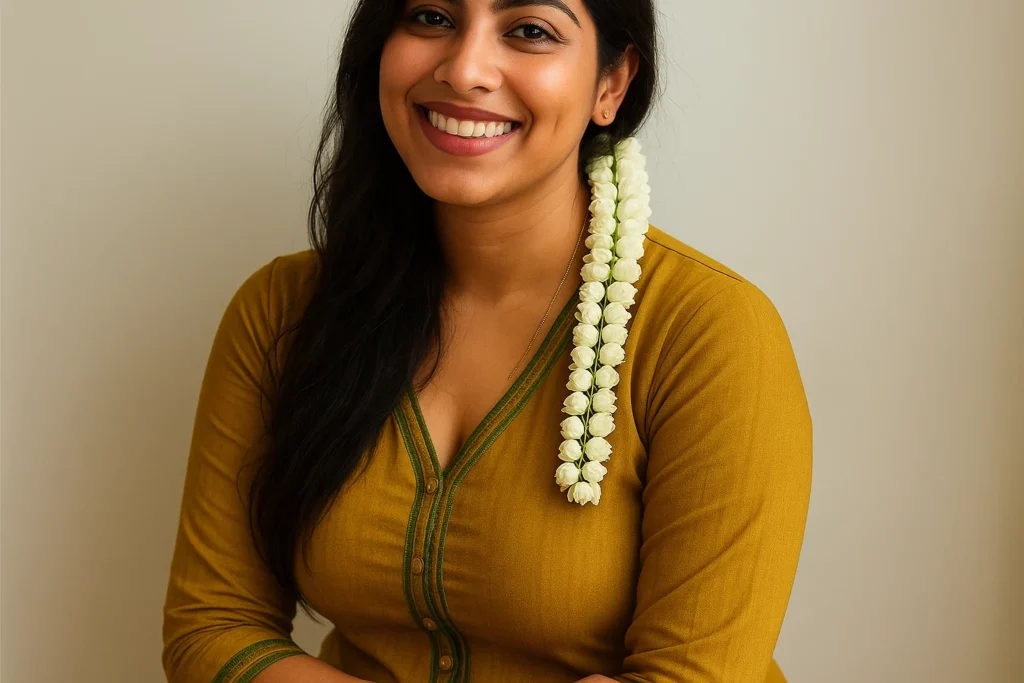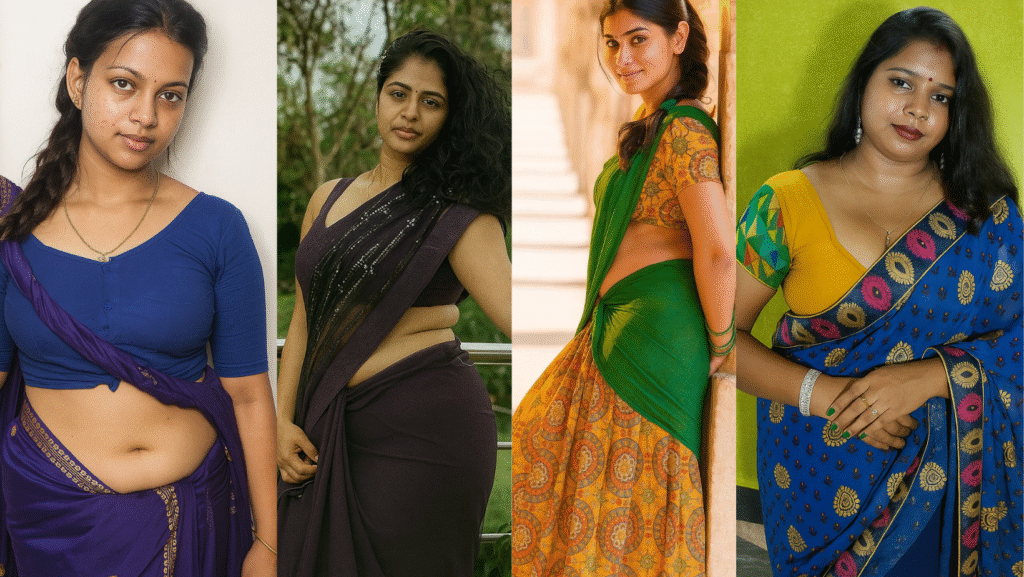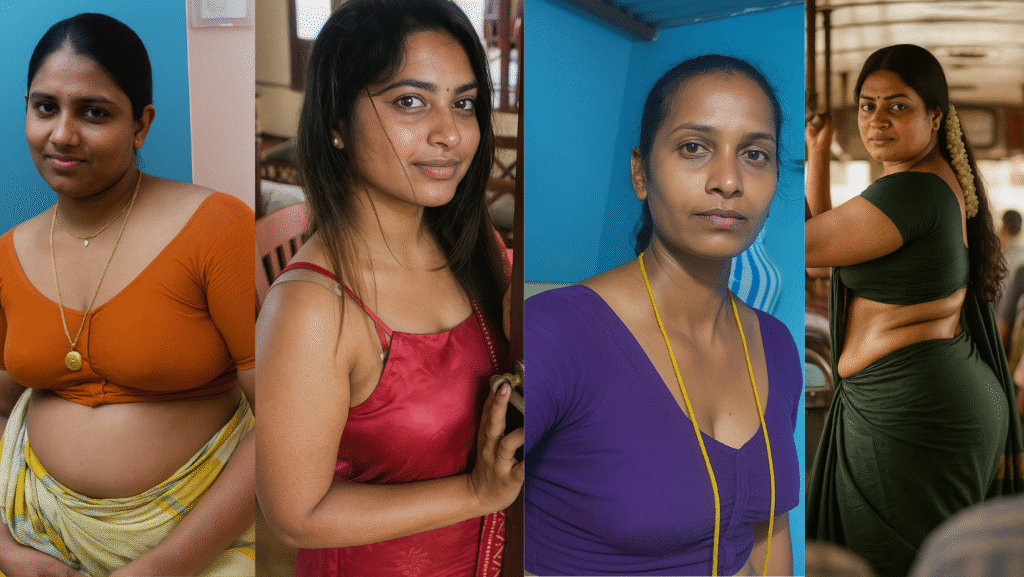Have you ever looked at an image and wondered, “Is this real or AI-generated?” You’re not alone. The line between real and artificial is getting so thin that even trained eyes get confused.
In this article, we’ll show you how AI-generated images can look 100% real, so real that they’re indistinguishable from DSLR photos. We’ll also share a real-life image example and the exact prompt used to generate it — so you can try it yourself.
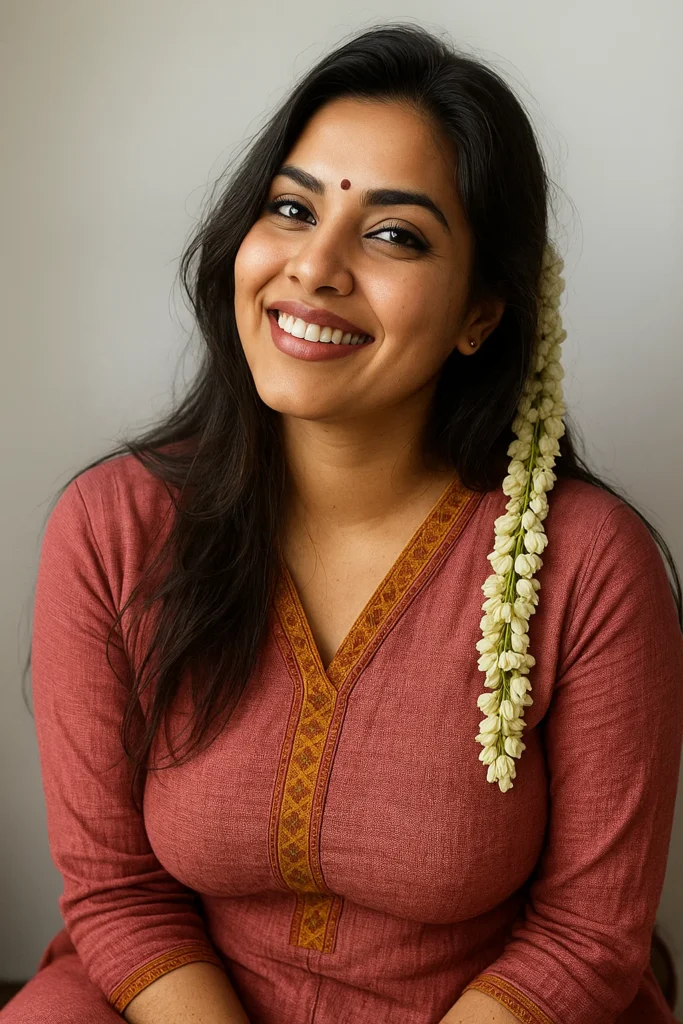
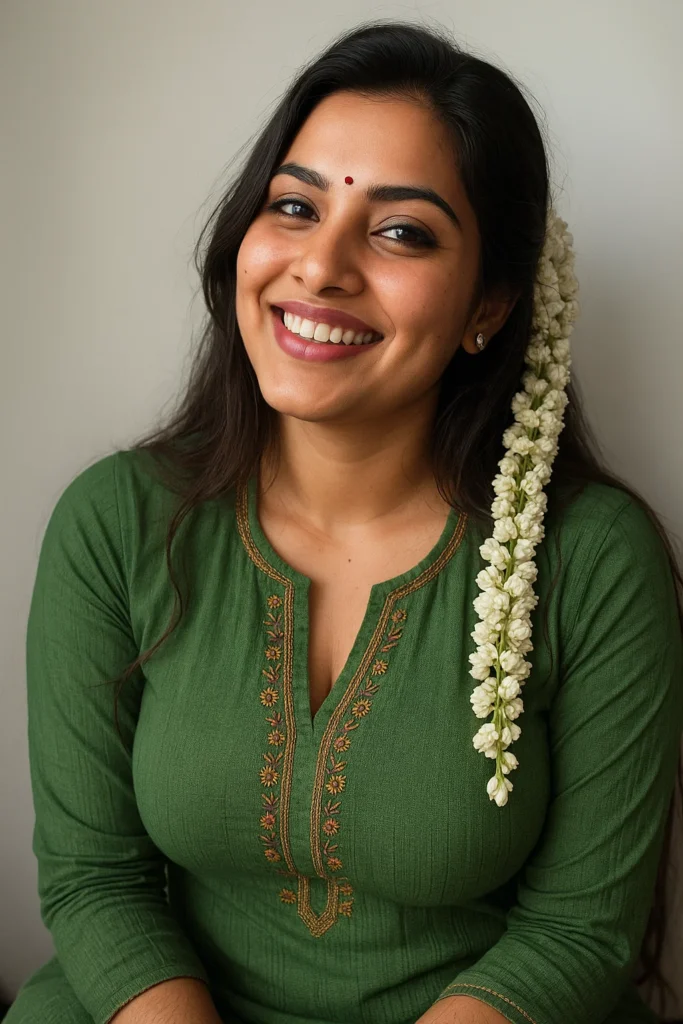
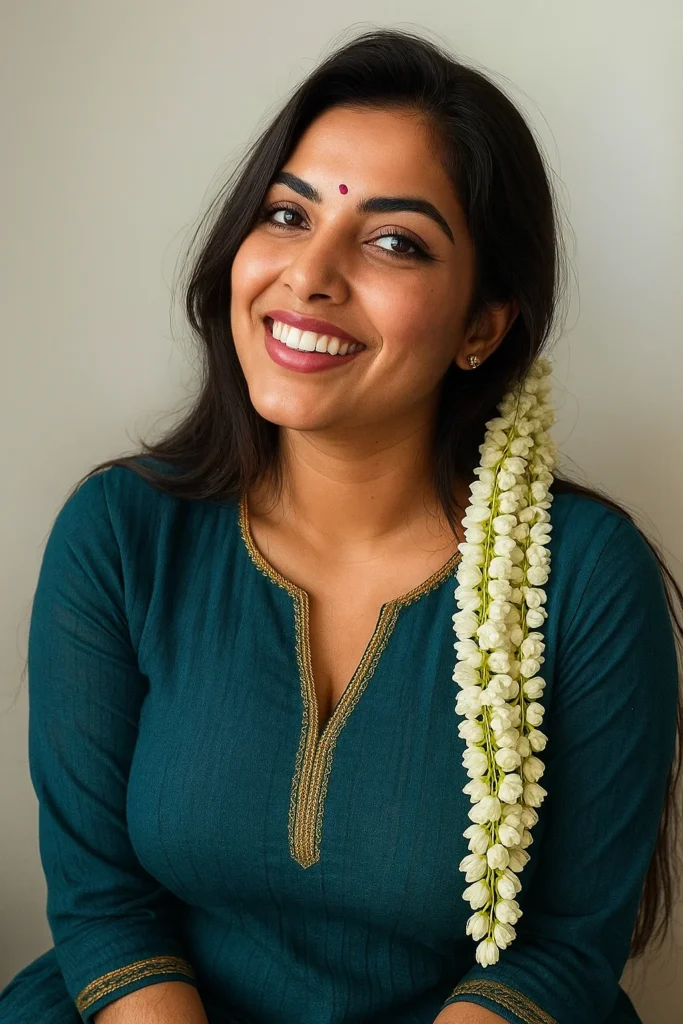
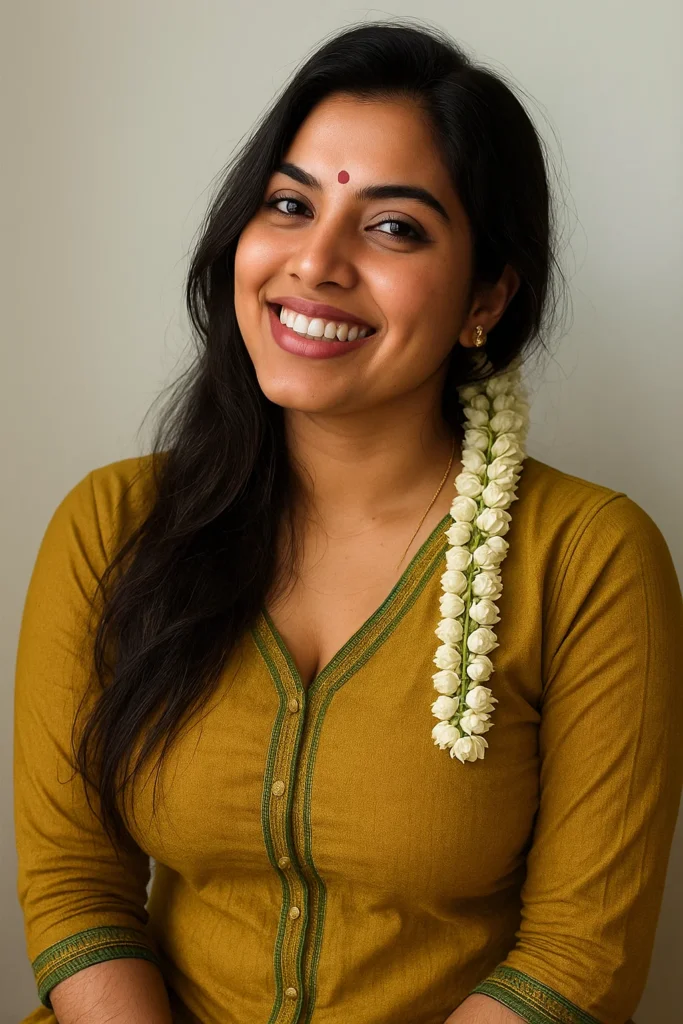
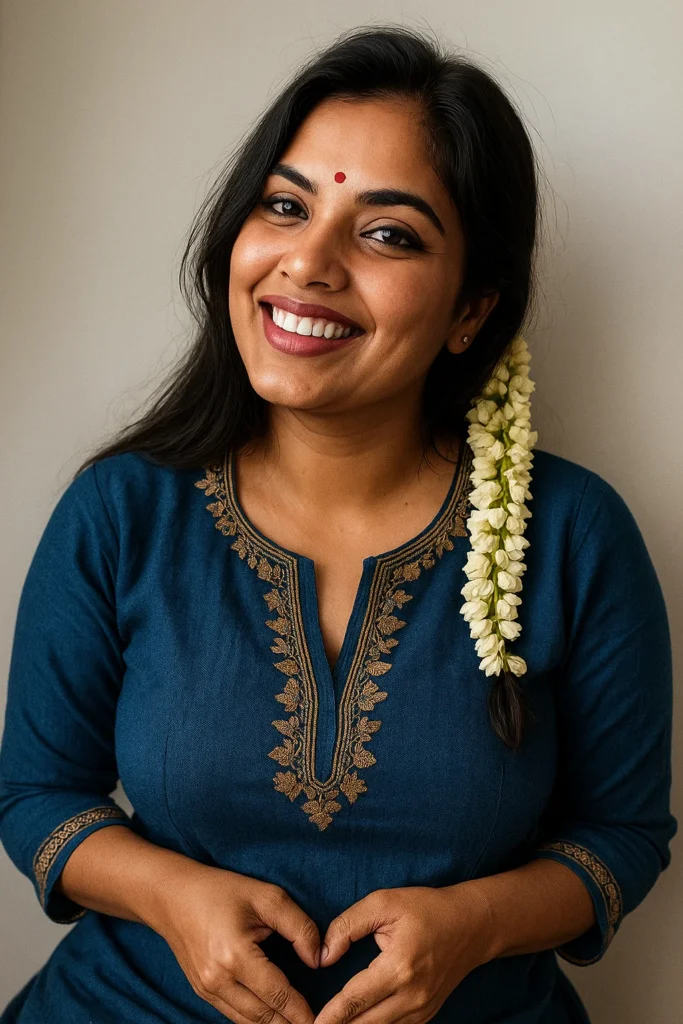
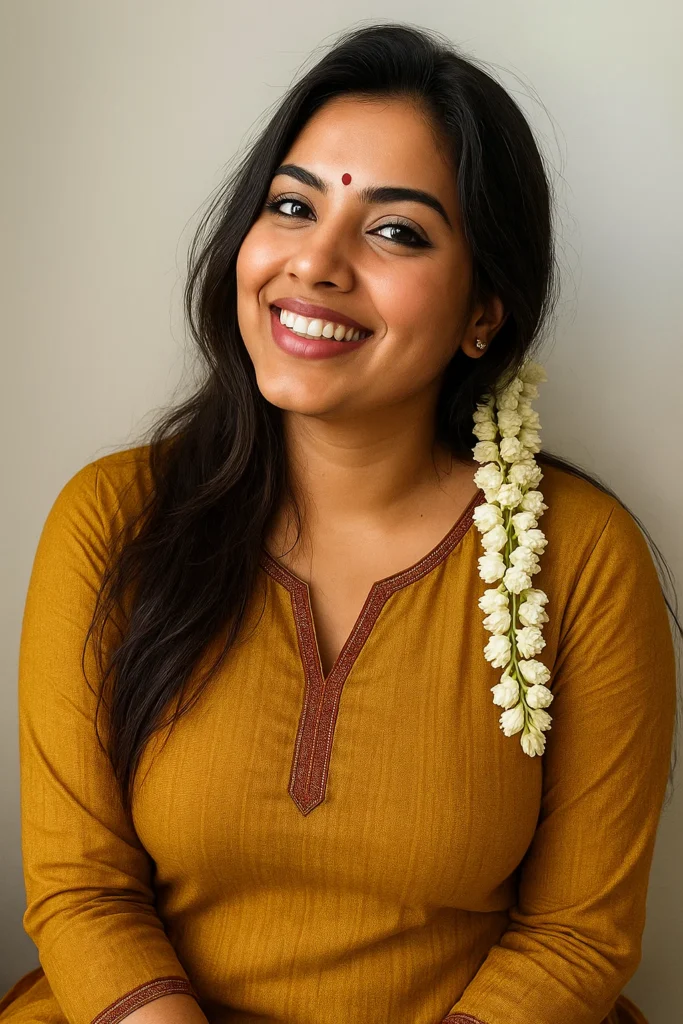
What is an AI-Generated Image?
AI image generators like DALL·E, Midjourney, and Stable Diffusion create images based on text instructions (called prompts). The technology uses deep learning, trained on millions of real-world photos, to produce images that look shockingly realistic.
But realism isn’t automatic — it requires precision prompts and real photo inputs.
Our Image: The Challenge
We started with a real portrait of a woman in natural outdoor light. The challenge was simple:
Make the dress and accessories different — but change NOTHING else.
Keep the original:
- Face and expression
- Pose
- Skin texture and tone
- Hair details
- Background and lighting
Sounds impossible? Let’s look at how we did it.
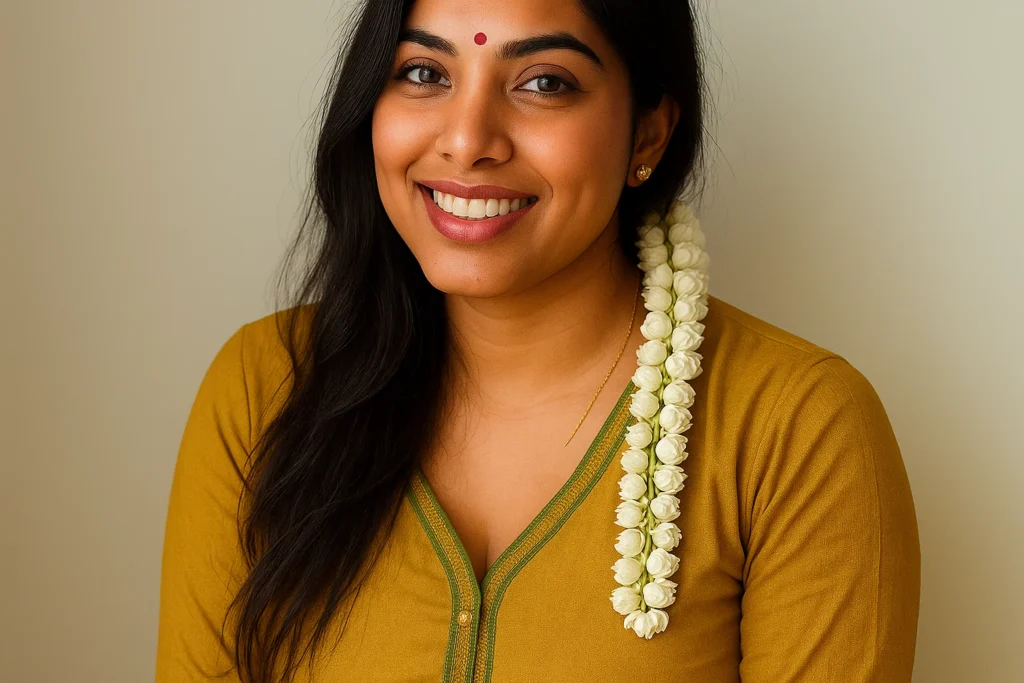
The Exact Prompt Used
This is the full prompt we gave the AI. It controls every detail to ensure the final image looks like it was captured by a camera, not generated by a machine:
❝The full and fixed base without altering the original facial structure, pose, skin tone, background, or lighting setup — the background must remain completely untouched, not regenerated, stylized, enhanced, or blurred in any way. Change only the dress design and color, ensuring it appears ultra-realistic with natural lighting interaction; the fabric must show real-world material properties such as visible thread lines, fine weave detail, weight-based draping, soft folds, and subtle imperfections that contour to the body’s natural shape. Shadows and highlights on the dress must respond accurately to the existing outdoor light source, especially around the neck, arms, and waist. The new dress may include traditional embroidery or border design, but it must never look painted or artificial — it must look like it was photographed on a real person. Add a fresh jasmine garland gently tied on the left side of the head, cascading down to waist level with a natural curve and gravity-affected softness; each flower must appear individually detailed, slightly imperfect, with organic spacing and three-dimensional realism. Place a small red bindi at the center of the forehead. The face must not be regenerated, beautified, or enhanced in any way — preserve all original features exactly as they appear in the uploaded image, including skin tone variations, natural asymmetry, eyebrow texture, under-eye details, lip texture, and facial pores. The face must retain a real human presence with no AI-style clarity, smoothening, glow, or digital effects. Retain all other natural skin features across the body, including visible pores, minor blemishes, small moles, and especially the presence of fine body hair — these should remain untouched for authenticity. Every individual hair strand on the head and body must be clearly visible with natural direction and density — no gloss, blur, or cartoon styling. Lighting across the updated areas must exactly match the original environment, simulating real-world DSLR portrait conditions with crisp, directional daylight and soft, realistic shadows. Maintain DSLR-style soft depth of field in the background only if it is already present in the original — never modify, regenerate, or blend the background artificially. The final image must feel completely real, warm, and indistinguishable from a high-quality professional outdoor portrait. Generate two close-up framed variations: one with a different realistic dress color, and another with a slight change in facial expression (such as a soft smile or relaxed gaze), while keeping everything else fully consistent. This image is for Facebook — it must appear fully lifelike, culturally grounded, and must never look AI-generated in any part.❞
Result: AI Image vs Original Comparison
| Feature | Original Image | AI-Generated Image |
|---|---|---|
| Face | Unchanged | Unchanged |
| Dress | Simple Design | Rich Traditional Fabric |
| Lighting | Natural Sunlight | Matches Original |
| Background | Real Outdoors | Preserved 100% |
| Hair & Flowers | Natural | Added Jasmine Garland |
| Skin Texture | Pores + Hairs Visible | Fully Preserved |
Why This Works So Well
- ✅ No face generation = No “AI look”
- ✅ Same lighting = Realistic shadows and dress texture
- ✅ Preserved imperfections = Human authenticity
- ✅ Cultural realism = Jasmine flowers, bindi, traditional drape
This is how you use AI as a tool, not a shortcut.
Bonus: Two Close-Up Variants
We generated two more versions of the image, as per the prompt:
- Same photo, different dress color (e.g. violet)
- Same everything, slight smile added
Both images looked equally real and usable — perfect for social media, ads, or digital portfolios.
Use Cases for Realistic AI Portraits
- Facebook & Instagram Reels
- Profile Photo Refresh
- Fashion or Saree Brand Marketing
- Bridal or Model Portfolios
- Poster Creation & Flyers
- Magazine Covers or Blog Illustrations
Tools You Can Use
Want to try this prompt? Use these tools:
| Tool | Use Case |
|---|---|
| ChatGPT + DALL·E (Pro) | Upload + Prompt for safe, precise edits |
| Midjourney v6 | High fashion edits with ControlNet |
| Runway ML | Fine-grain changes for advanced users |
| Leonardo AI | Visual storytelling and fashion models |
| Remini + Photoshop AI | Hybrid enhancement with control |
Final Thoughts: Can You Spot the AI?
With the right prompt and a careful approach, AI images can look completely real — not artificial, not animated, not painted. It’s all about respecting realism, especially in face, lighting, and texture.
Think you can spot the difference?
Drop a comment below and tell us which one’s real!
Want help creating your own? Contact us.
